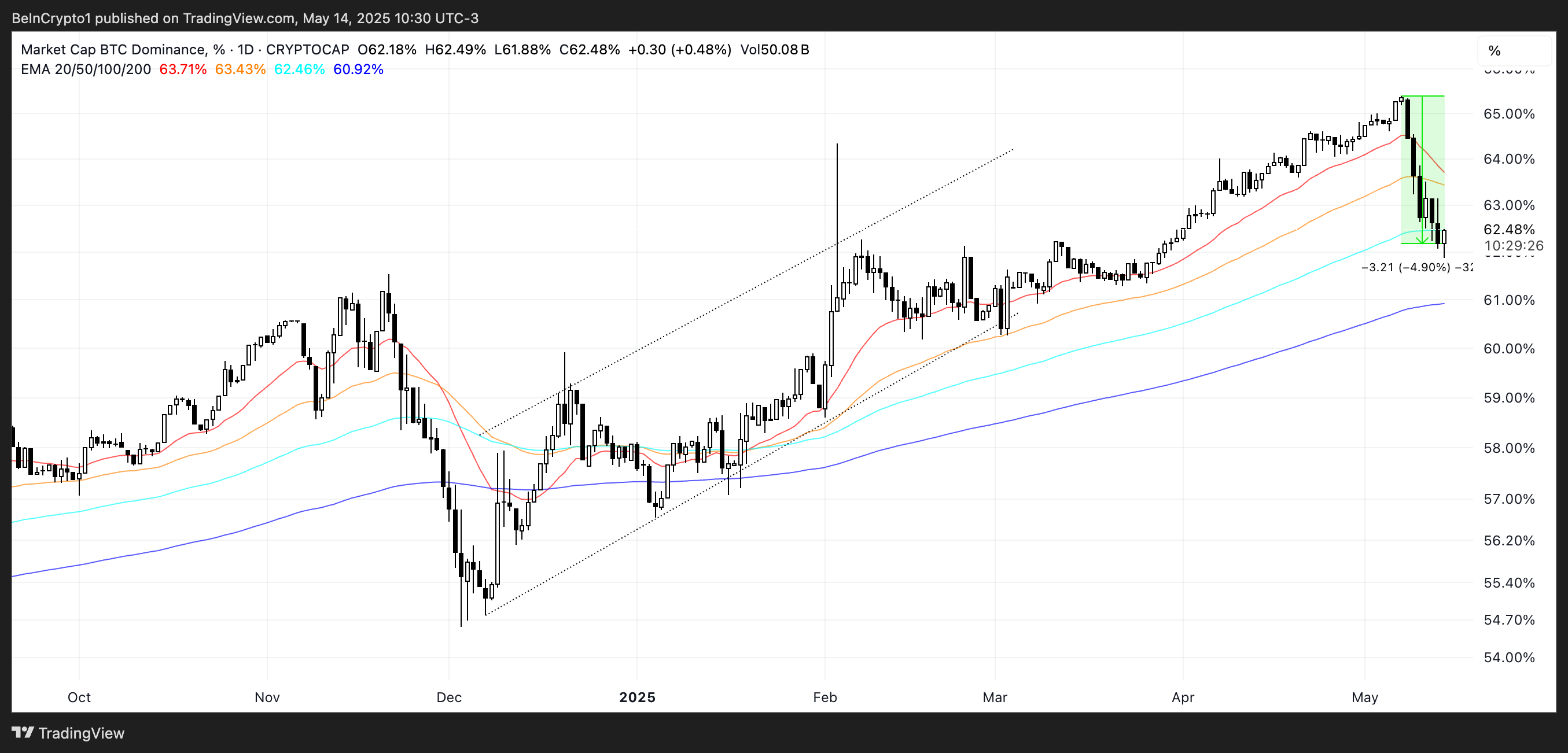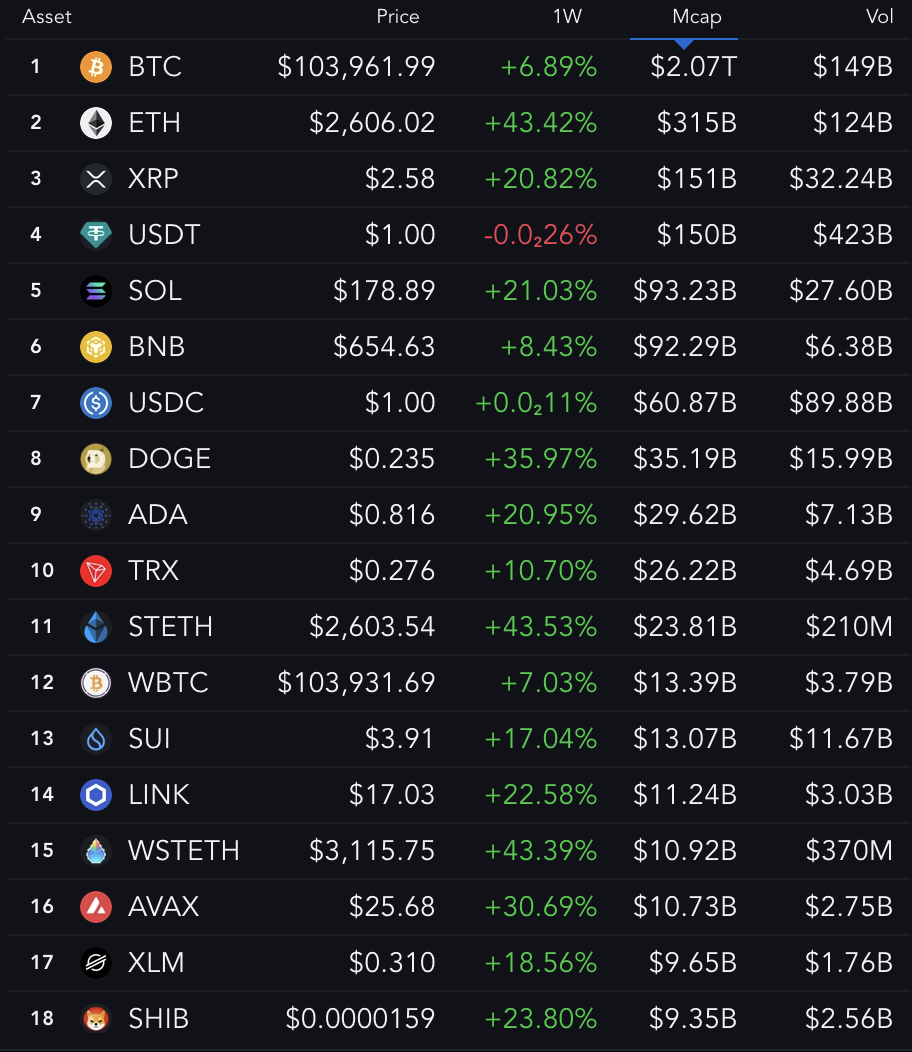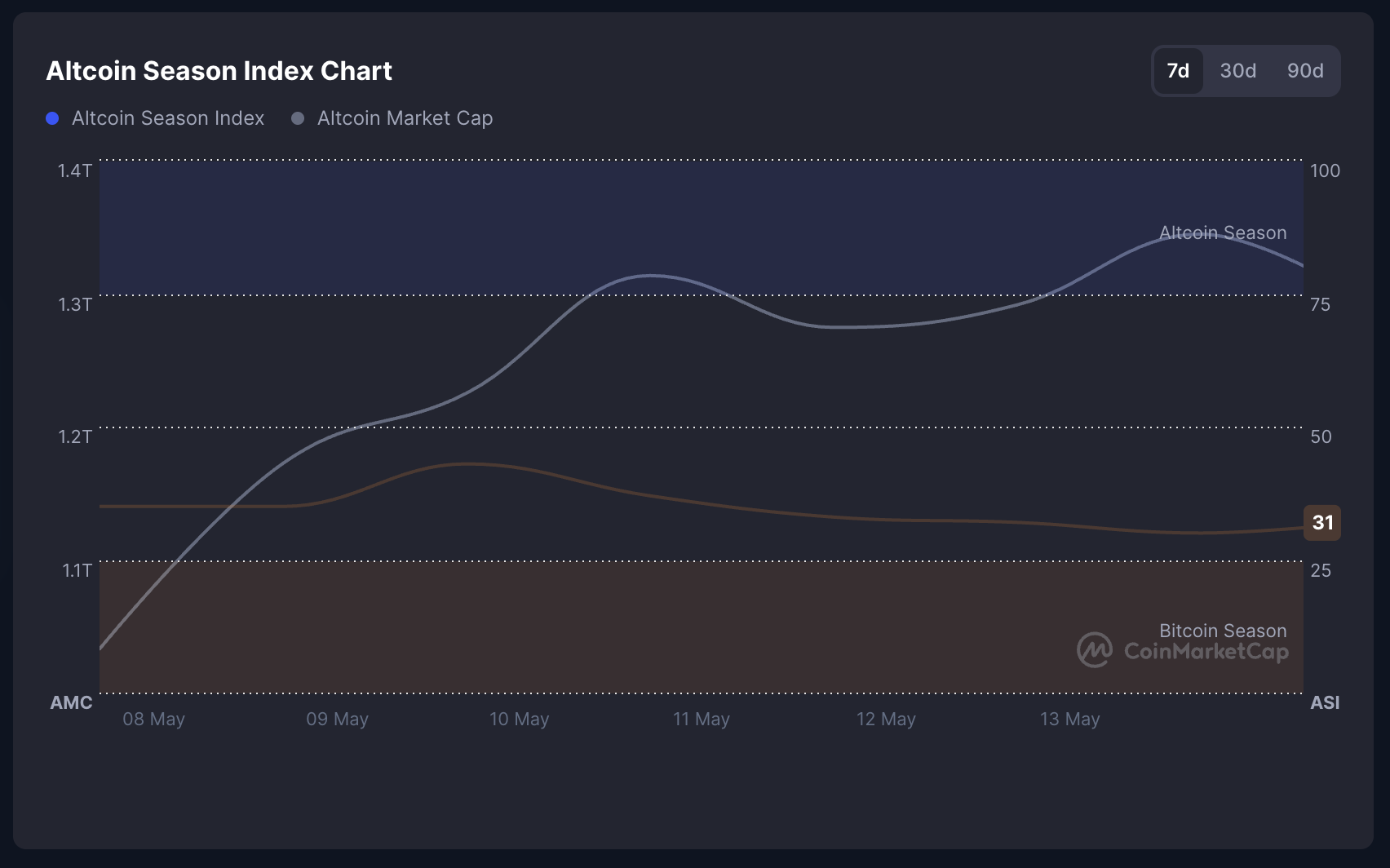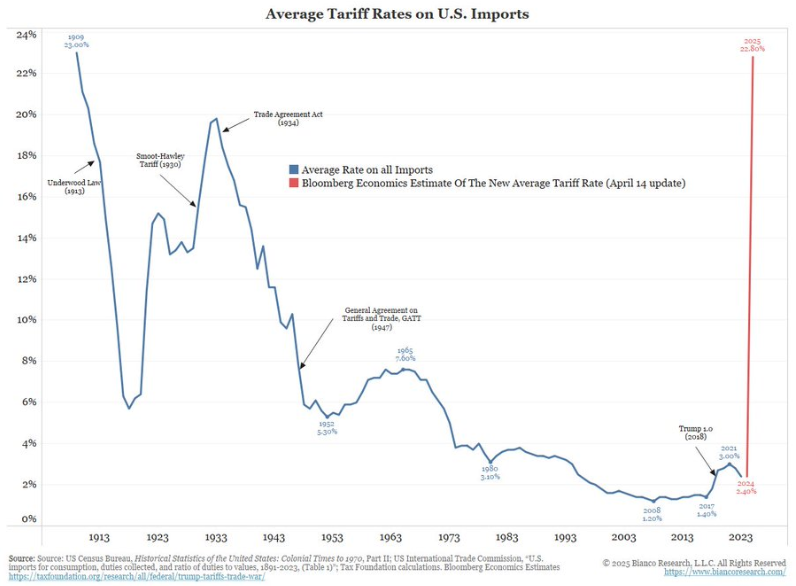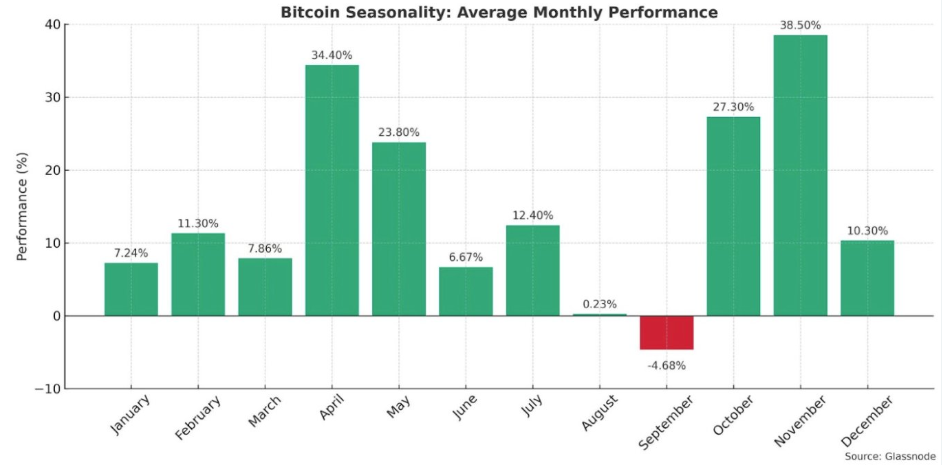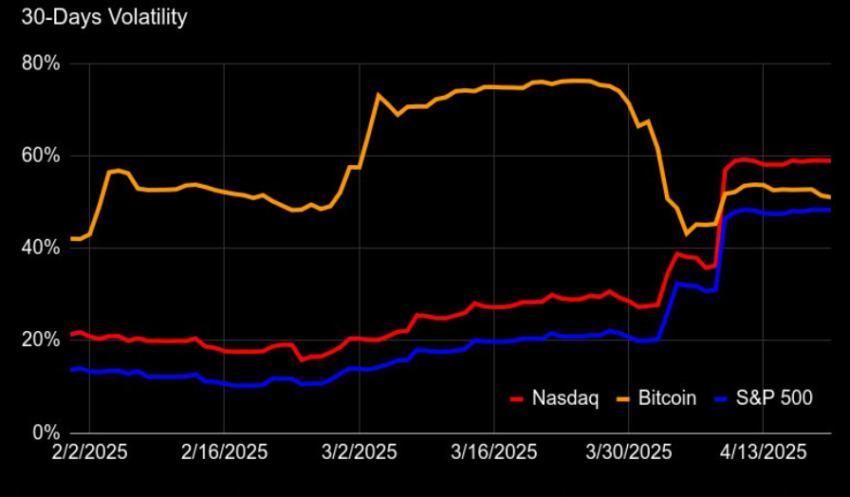Cardano’s price has surged by almost 10% over the past week amid the current broader market recovery. This surge is fueled by Cardano’s increasing network activity and long-term holding trends, indicating growing investor confidence.
With the broader market in recovery mode and on-chain fundamentals strengthening, ADA’s current setup suggests the potential for a sustained upside.
ADA Accumulation Grows as Traders Show Strong Conviction
ADA’s demand has soared over the past week, as reflected by the steady surge in the daily count of active addresses on the Cardano network. According to IntoTheBlock, this has risen by 12% over the past seven days, indicating a gradual uptick in the demand for the Layer-1 coin.
This trend is a bullish signal, as it highlights growing investor interest in ADA and could drive its sustained price rally.
Moreover, new demand for the altcoin has also climbed. According to IntoTheBlock, the number of new addresses on the Cardano network has increased by 5% during the review period.
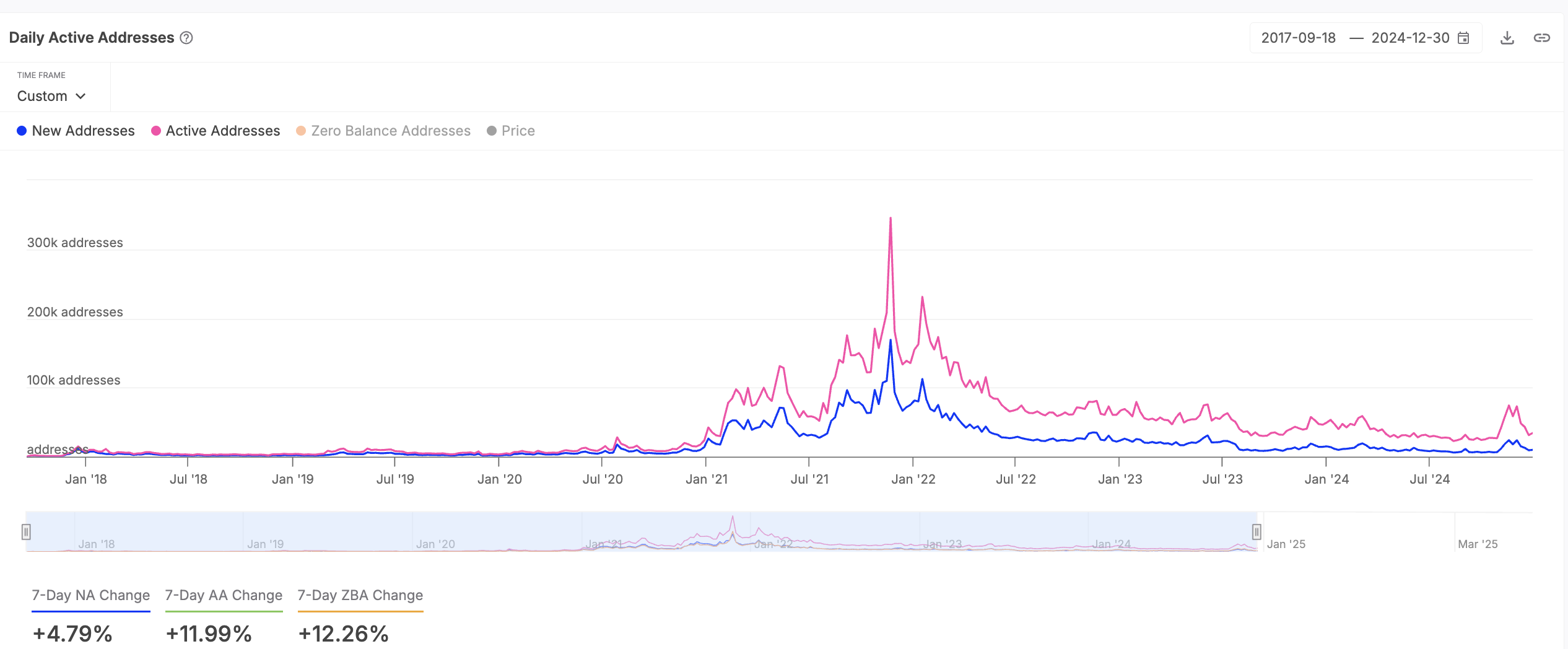
When ADA sees a gradual increase in new demand like this, it indicates the entry of new investors or traders into the market. This leads to higher trading volumes and liquidity, which in turn drives up the coin’s price.
Further, ADA investors have increased their holding time, signaling that the bullish momentum toward the altcoin is growing. According to IntoTheBlock, it has increased by 78% over the past week.
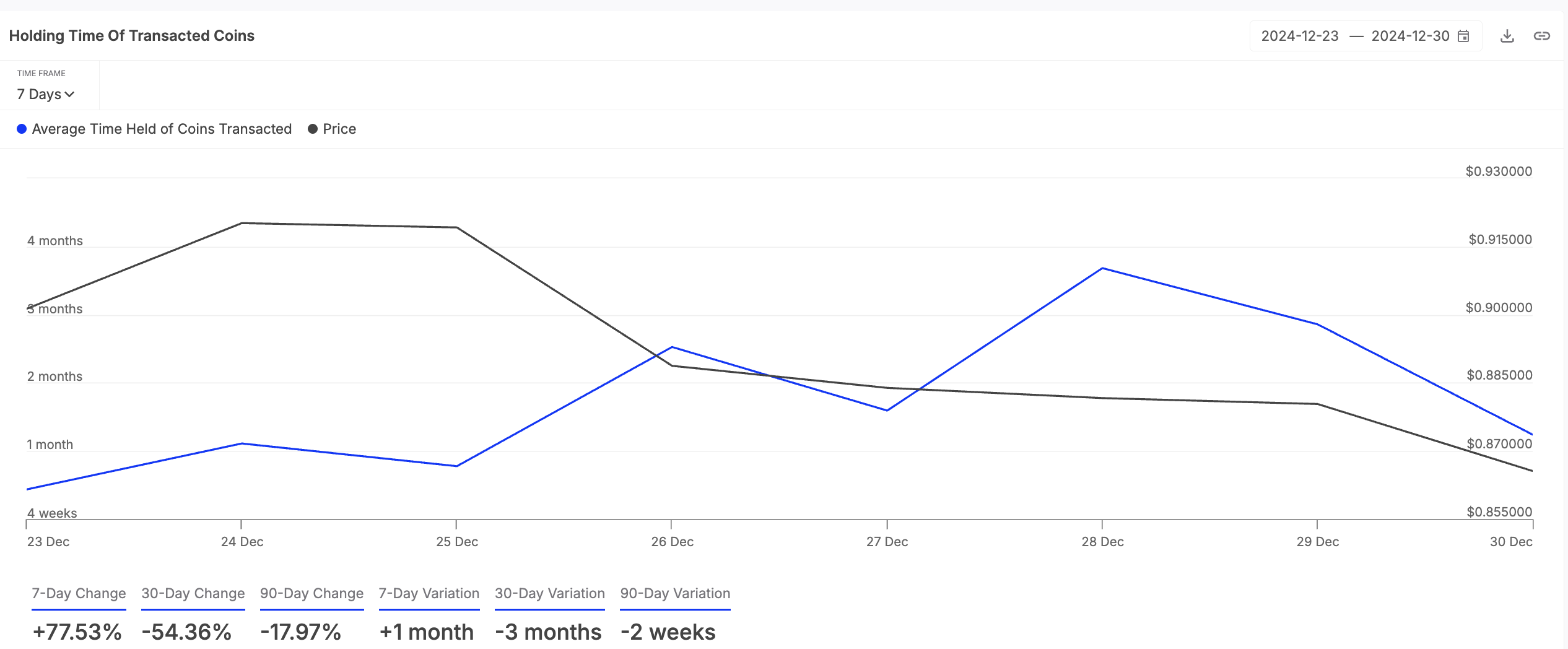
An asset’s holding time measures the average duration its coins/tokens are held before being sold or transferred. This bullish trend marks an ADA accumulation phase, with traders less inclined to sell.
It reflects strong investor conviction, as ADA investors choose to hold on to their coins rather than sell. Also, it could help reduce the selling pressure in the ADA market, driving up its value in the short term.
ADA Bulls Target Higher Gains
ADA trades at $0.76 as of this writing, extending its gains by 4% over the past day. On the daily chart, the coin’s Relative Strength Index (RSI) is in an upward trend at 52.11, confirming the buying activity.
The RSI indicator measures an asset’s overbought and oversold market conditions. It ranges between 0 and 100, with values above 70 indicating that the asset is overbought and due for a decline. Conversely, values below 30 indicate that an asset is oversold and due for a rebound.
At 52.11 and climbing, ADA’s RSI readings suggest strengthening bullish momentum as buying pressure builds. If accumulation continues, the coin’s price could reach $0.97.
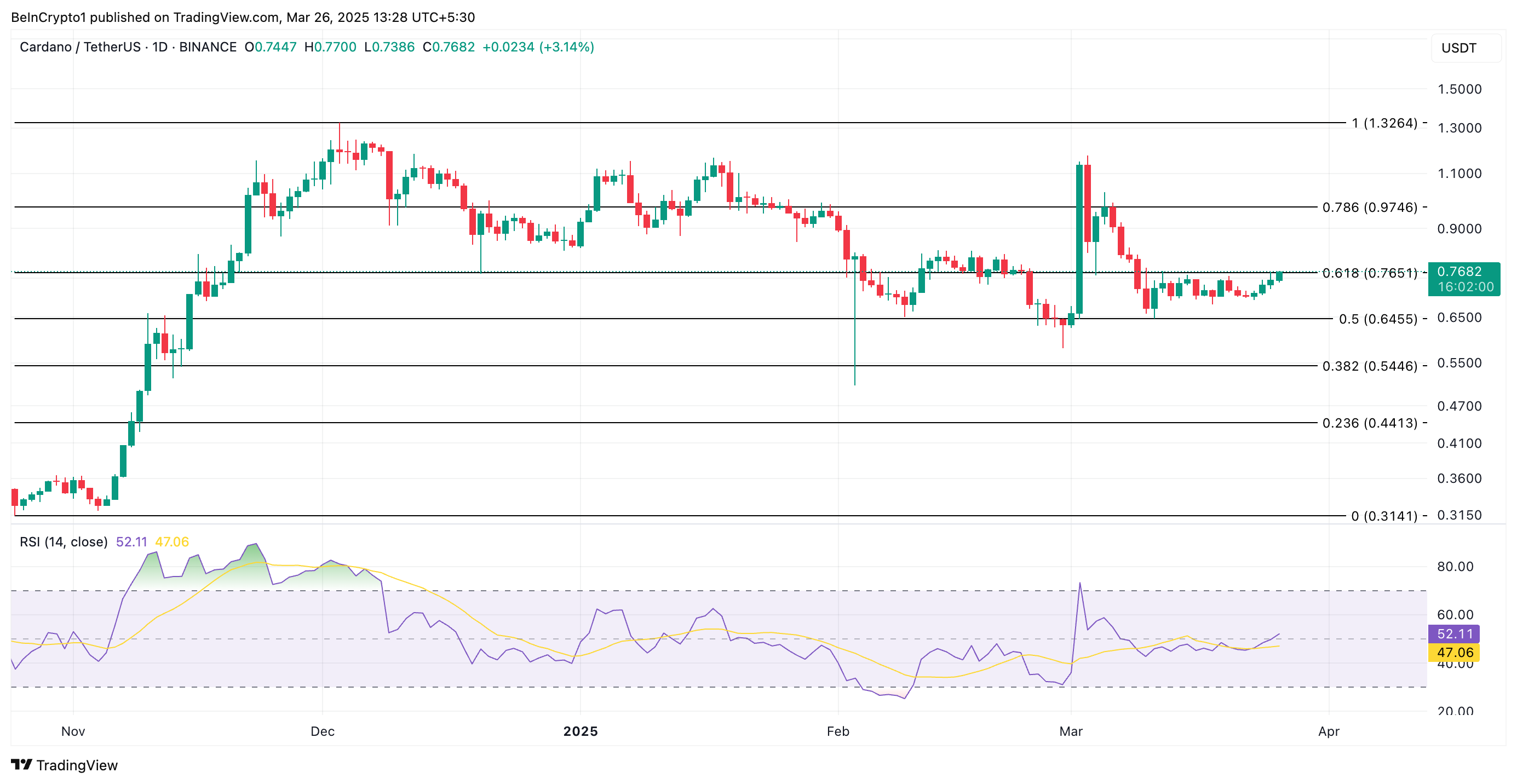
However, if profit-taking commences, this bullish projection would be invalidated. In that scenario, ADA’s price could dip to $0.64.
The post Cardano’s (ADA) Rising Network Activity and Holding Time Point to Imminent Upswing appeared first on BeInCrypto.




